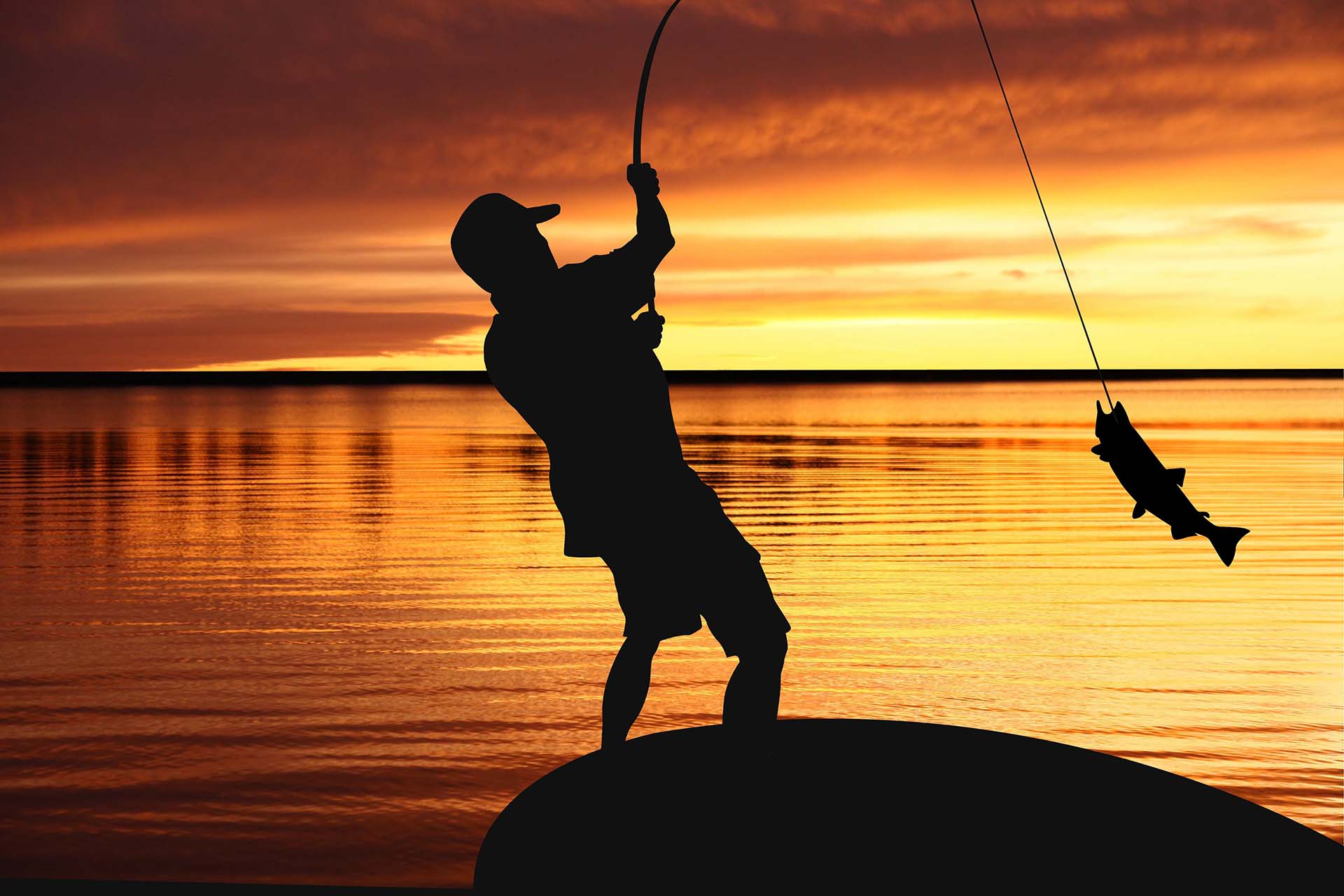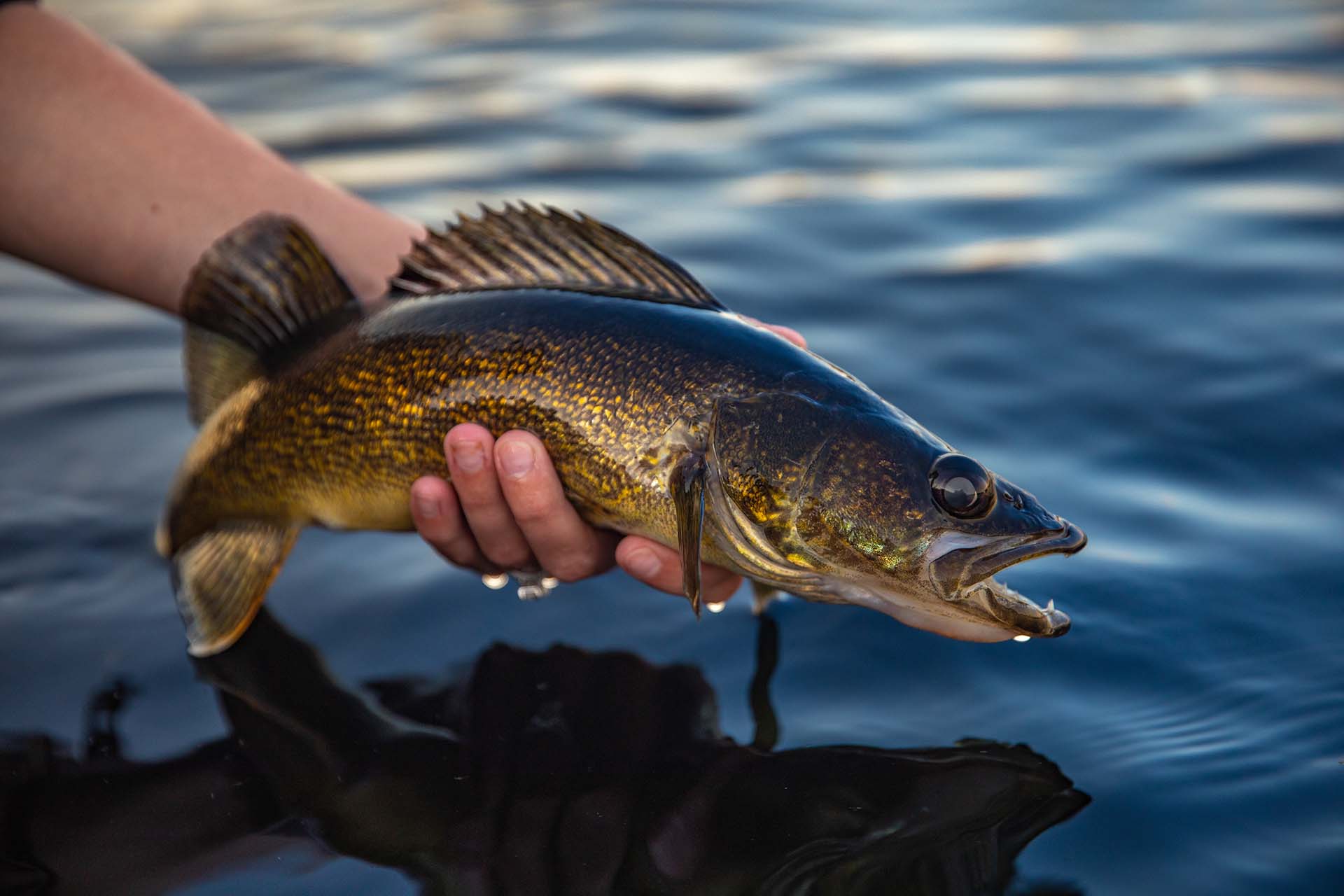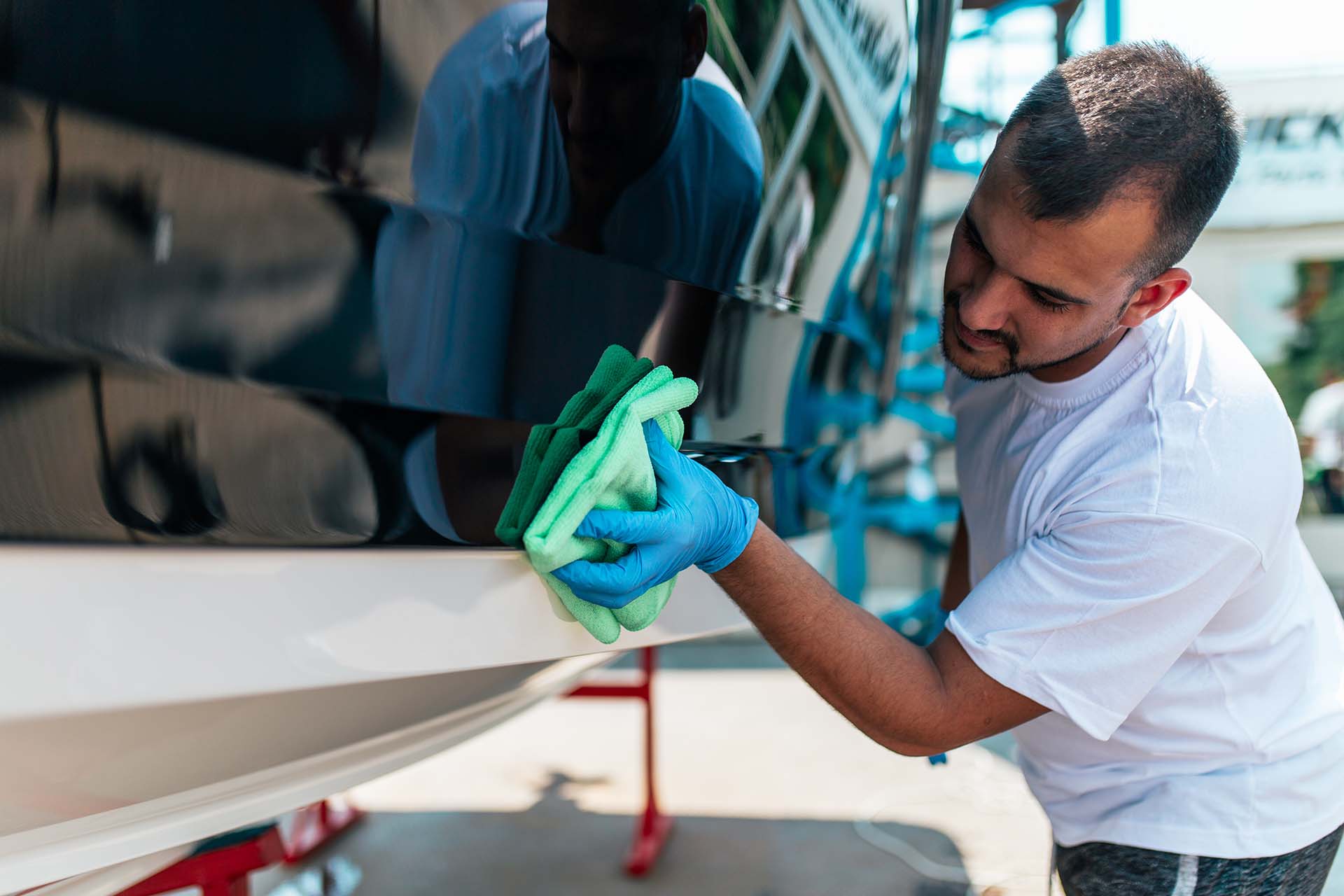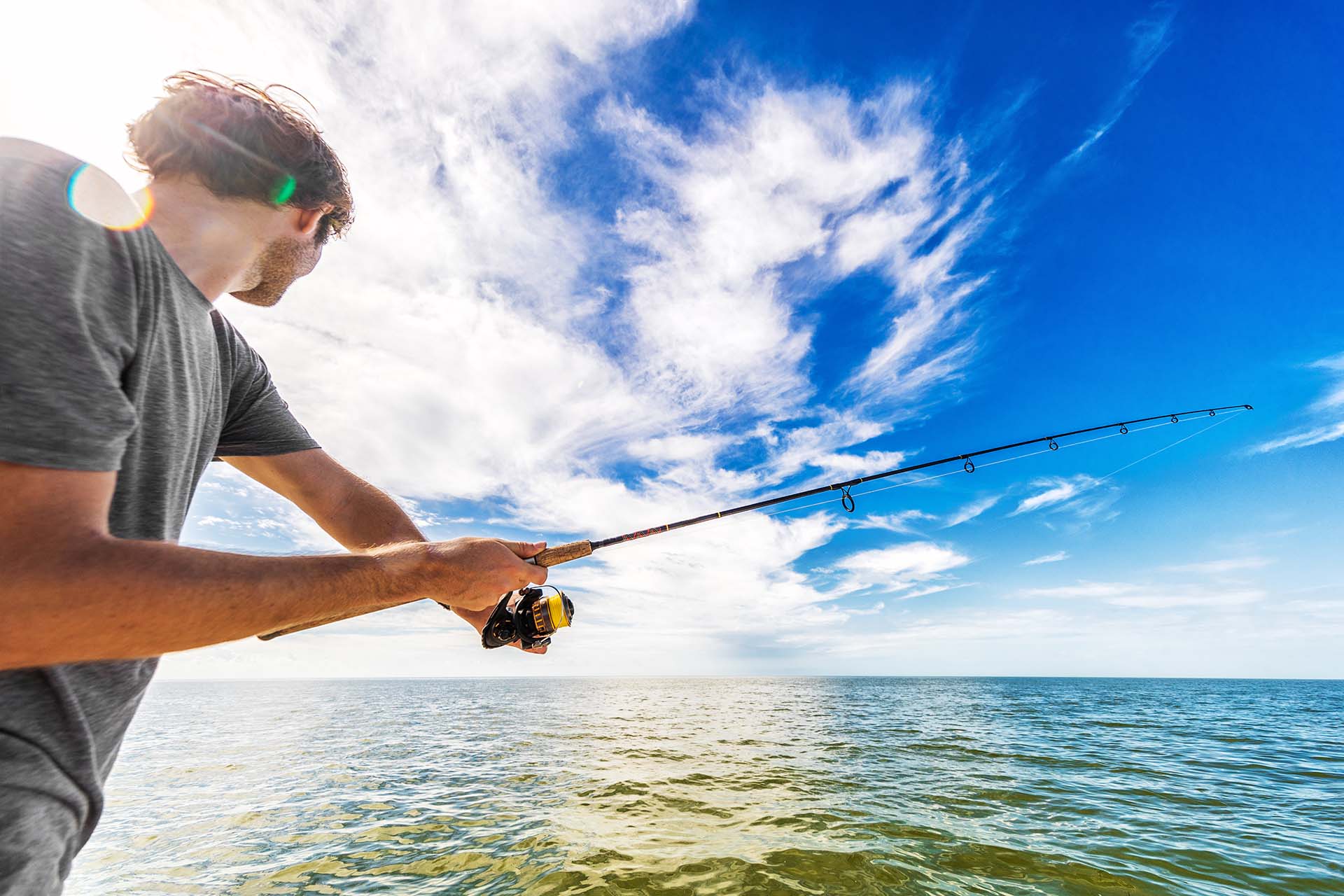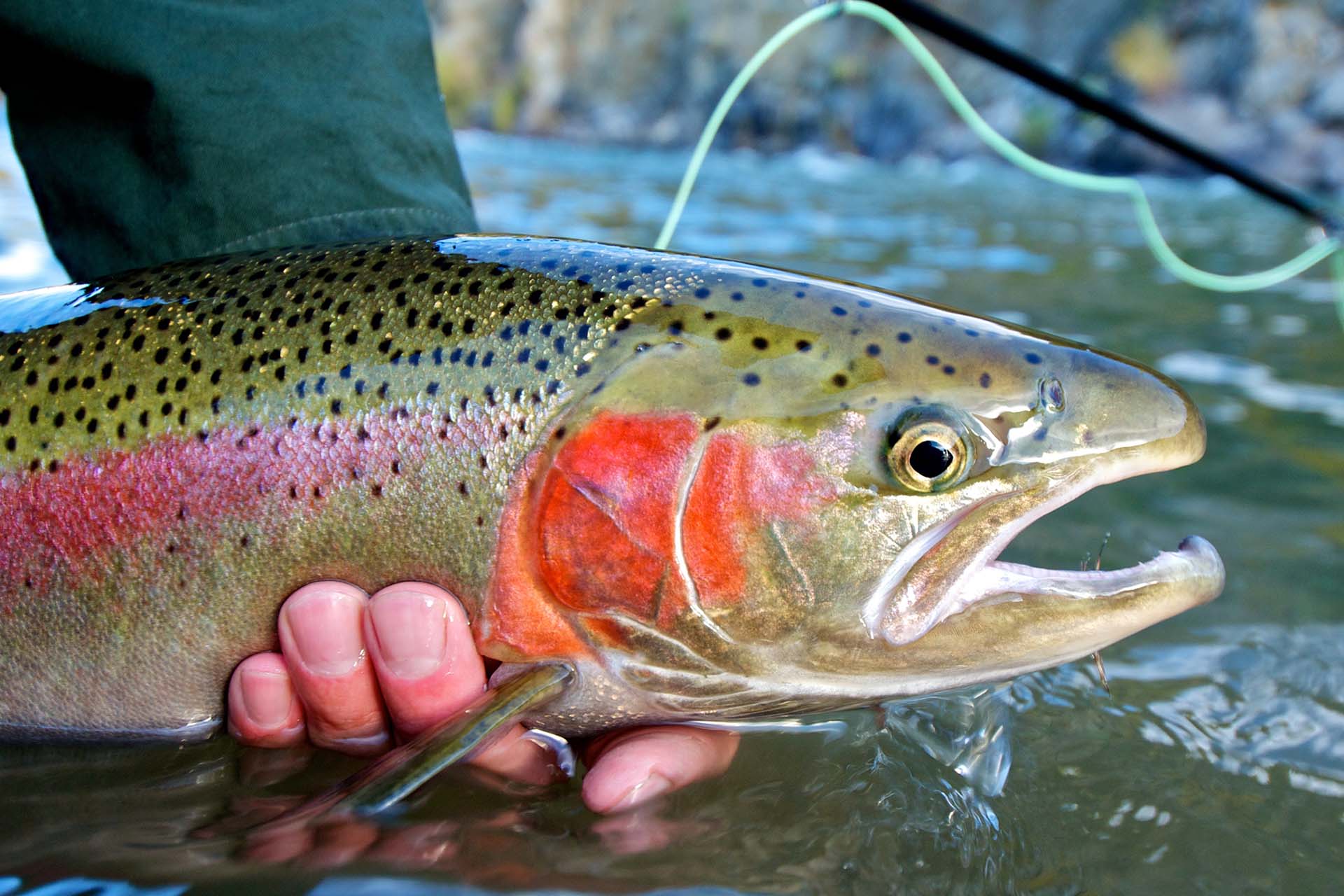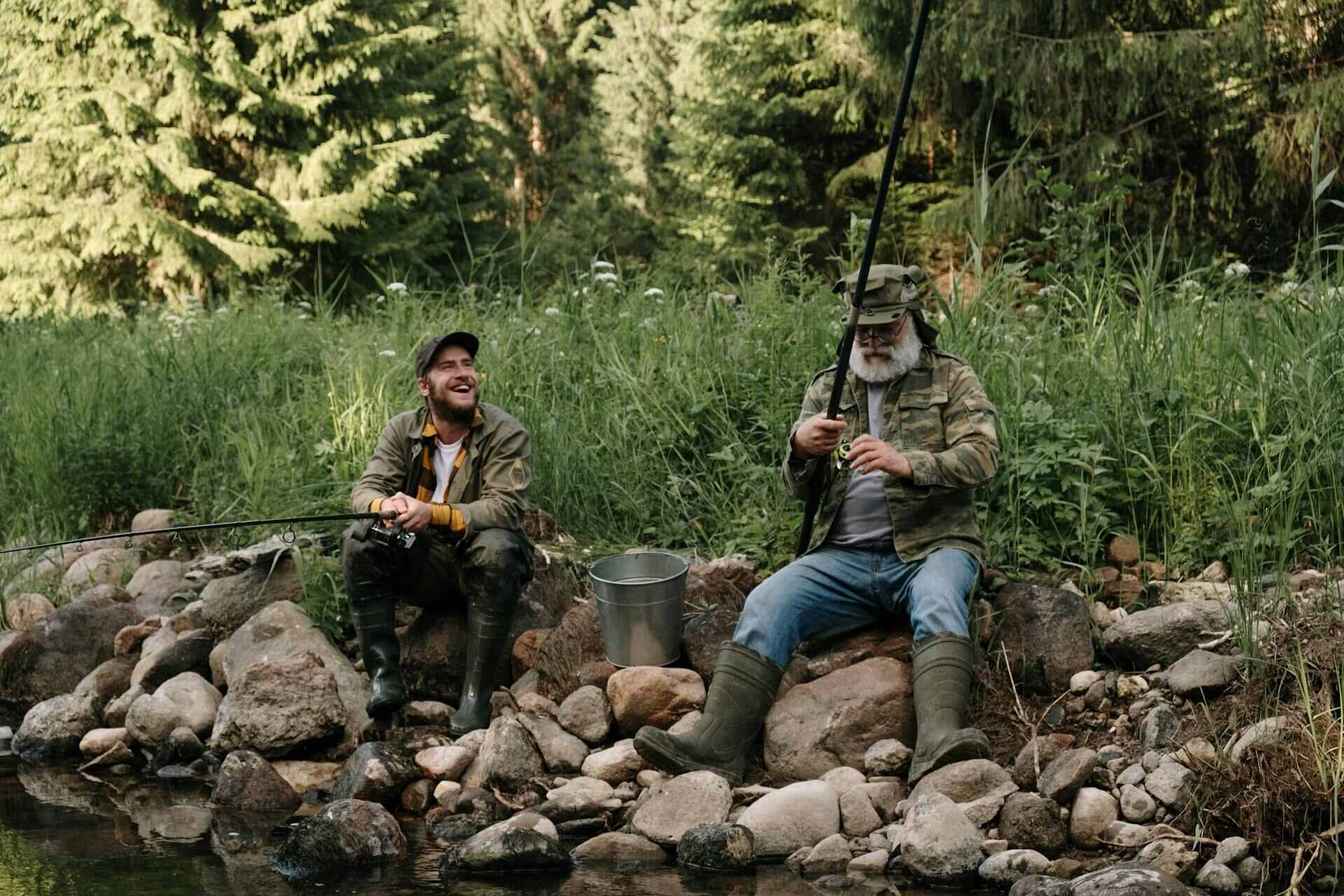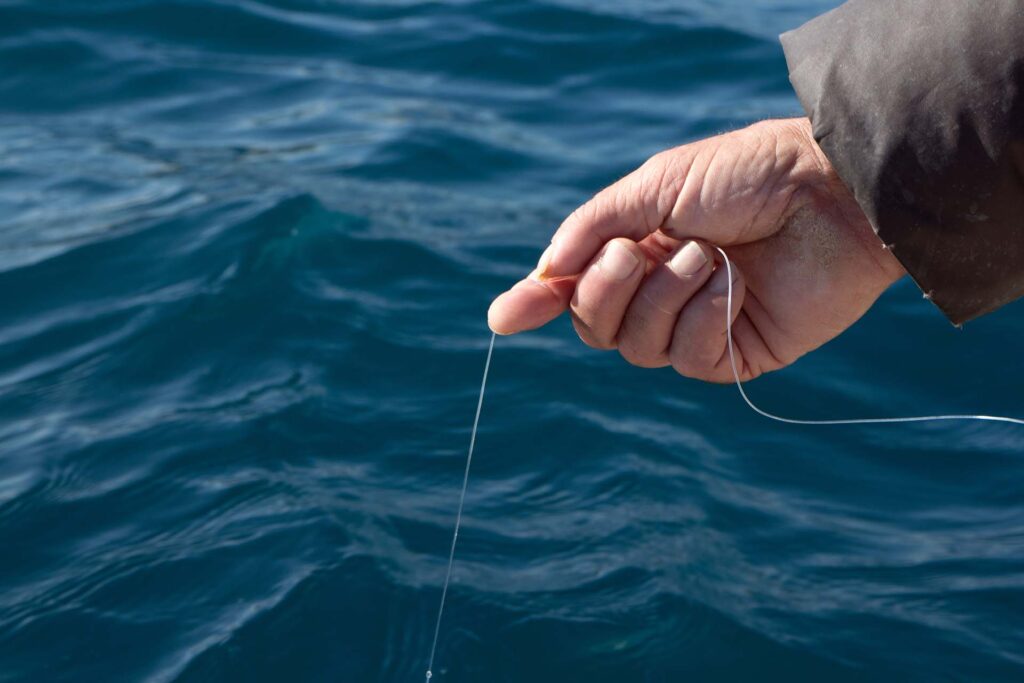Heading out for a fishing boat adventure? It’s crucial to know what to wear on a fishing boat. Our guide highlights the best seasonal fishing outfits, tailored for different weather scenarios. From sunny summer days to chilly winter mornings, we provide optimistic and informative tips to ensure you’re dressed perfectly for every fishing journey. Stay comfortable, safe, and ready to reel in the big one!
What to Wear on a Fishing Boat – The Basics
When it comes to what to wear when fishing on a boat, the key is to prioritize comfort, functionality, and safety. Your boating attire should be adaptable to varying weather conditions. Start with a moisture-wicking base layer, add a lightweight, long-sleeved shirt for sun protection, and consider a waterproof top layer like a jacket or pants for unexpected rain.
Don’t forget a hat and sunglasses for UV protection, and durable, non-slip footwear for safety on deck. Dressing in layers allows flexibility, and choosing materials that dry quickly can be a game-changer.
Prepare for the Fishing Environment
Your attire should be as strategic as your tackle. Whether you’re going to catch trout at night or fishing for red snapper in Florida, consider the specific environment and the fish you’re targeting. Night fishing, for instance, demands extra layers for cooler temperatures, while the Florida sun calls for breathable, light-colored garments.
In my opinion, versatility is key so opt for quick-drying materials and always have a waterproof layer handy. Additionally, choose footwear that provides both comfort and safety on slippery surfaces. Remember, the right clothing not only makes anyone comfortable but can also enhance fishing performance.
Consider Weather Conditions at Sea
When fishing in the rain, waterproof fishing gear is essential to stay dry and maintain focus. On cloudy days, layers are your best friend, allowing you to adjust easily to temperature fluctuations. Conversely, sunny days demand sun-protective wear, like wide-brimmed hats and UV-blocking long-sleeve shirts.
It’s crucial to have a versatile wardrobe that can handle sudden weather shifts, ensuring your trip remains enjoyable and safe under any conditions. Lightweight, breathable fabrics work well for warm, humid weather, while insulated, waterproof clothing is vital for colder, wetter days.

What Are the Essential Clothing Items?
When heading out for a day of angling, selecting the right attire is as important as choosing the correct tackle. Comfort, protection, and practicality are key. Essential items include moisture-wicking base layers, UV protection clothing, and waterproof outerwear.
A well-prepared angler also carries headgear for sun and wind protection and durable footwear suitable for aquatic environments. Let’s break down the must-have items:
- Moisture-wicking base layers,
- UV protection clothing, such as long-sleeved shirts which can be made from nylon or polyester,
- Waterproof and windproof jackets,
- Durable, non-slip footwear,
- Protective headgear, including wide-brimmed hats,
- Polarized sunglasses for glare reduction,
- Life jackets for boats, ensuring safety on the water.
Base Layers for Comfort
The foundation of any angler’s wardrobe should be high-quality base layers. These are crucial for maintaining comfort throughout the day. Opt for materials that are moisture-wicking and breathable, crafted from synthetic fabrics or Merino wool, to keep the skin dry. Then, layer on a fleece or woolen sweater for added warmth and insulation.
In warmer settings, these layers help to stay cool by efficiently moving sweat away from the body, while in colder temperatures, they provide essential insulation without causing overheating.
Outerwear for Protection
Your choice of outerwear can make or break the angling experience. The right types, like waterproof or life jackets, are indispensable for staying dry and comfortable. For windy days, a wind-resistant jacket can provide much-needed protection. And don’t forget about the importance of thermal insulation in colder environments. My recommendations include:
- Waterproof, breathable jackets,
- Wind-resistant outerwear,
- Insulated jackets for cold weather.
What Shoes to Wear on a Fishing Boat
Choosing the right footwear is crucial for safety and comfort, especially when you fish for trout in winter. Shoes should be non-slip and waterproof to handle wet, slippery surfaces effectively. In colder climates, insulated, water-resistant boots are a necessity. In my opinion, it’s best to choose Xtratuf Performance Ankle Deck Boots.
For warmer weather, lighter, quick-drying shoes with good grip are ideal. A good choice is Columbia Men’s Bahama Boat Shoes which can be purchased on Amazon. Remember, the right footwear not only keeps you safe but also enhances mobility and comfort while angling.
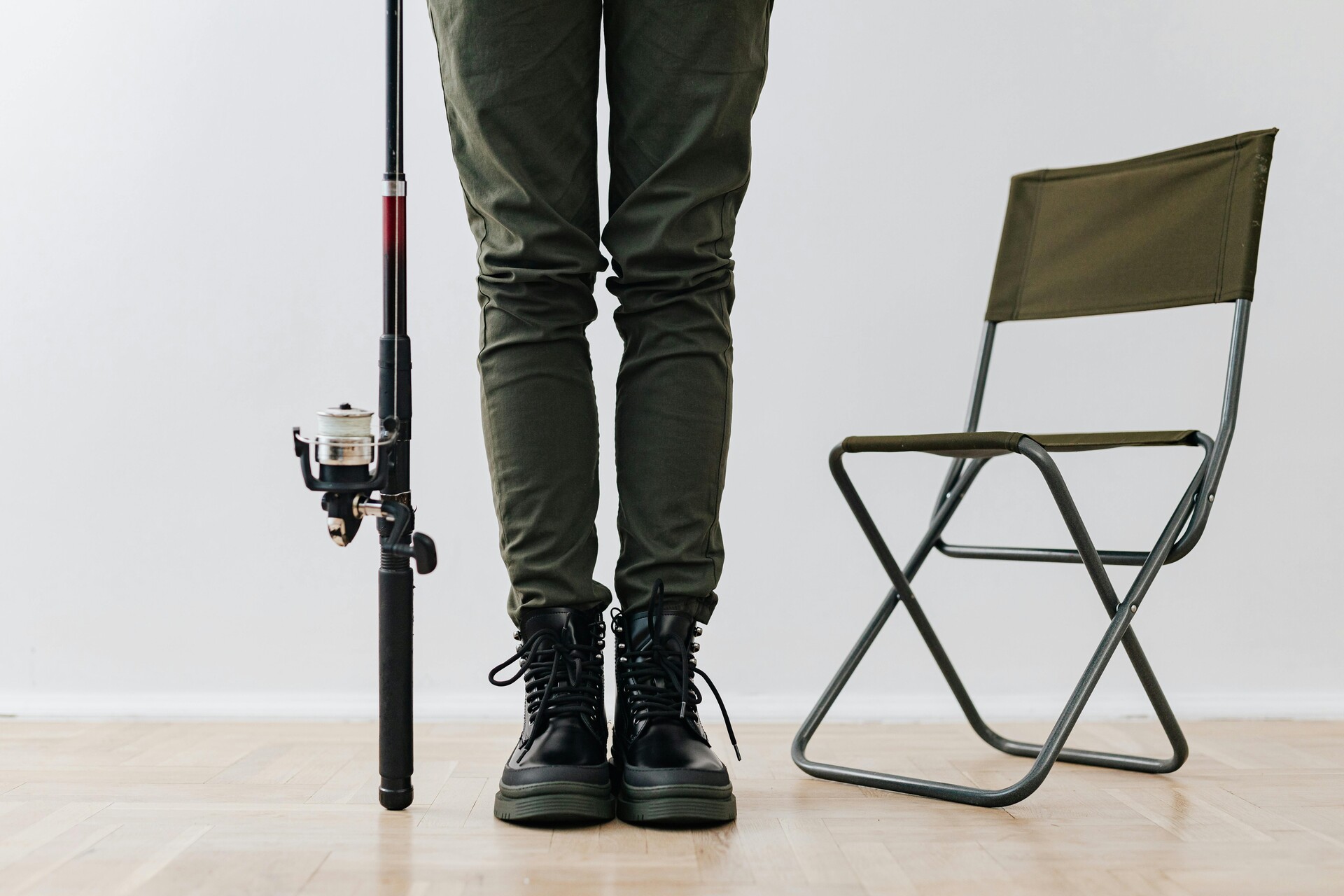
Accessorize for Functionality and Safety Like a Pro
When you go on a boating adventure in style, remember that accessorizing is as crucial as selecting the best lures. Choose accessories wisely to enhance both functionality and safety. Opt for durable gloves to protect your hands from cuts and sunburn while handling tackle and fish.
Neck gaiters or buffs are indispensable for shielding your face and neck from harsh elements like sun and wind. Additionally, don’t overlook the importance of insect repellent to keep bothersome bugs at bay. Each accessory plays a vital role, just like each piece of gear, in ensuring a successful and enjoyable experience on the water.
Hats and Sunglasses
When you’re out trying to catch fish in the Florida sun, keeping yourself protected is just as important as landing the big one. Donning a hat with a brim, be it a wide-brimmed style or a classic baseball cap, is your first line of defense against the sun’s harsh rays. These hats not only shield your face and neck but also add a touch of flair to the angling ensemble.
Pair that with a set of UV-blocking, polarized sunglasses, and you’re not just angling smart – you’re fishing stylishly. These sunglasses cut down the glare from the water, making it easier to spot the next big catch while protecting your eyes from the sun’s damaging rays.
Gloves and Protective Gear
The importance of safety equipment and attire cannot be overstated in the world of angling. Gloves are essential, not just for looking the part but for practical reasons too. They protect your hands from cuts and abrasions when handling equipment and the prized catch.
It’s less likely to get your finger stuck on a hook. Try pairs such as Berkley Coated Fishing Gloves for maximum protection. These gloves should be durable yet flexible, allowing for ease of movement.
Along with gloves, consider other protective gear like buffs or neck gaiters to guard against sun, wind, and insect bites. Remember, the right gear not only increases your comfort but also your efficiency and safety, letting you focus on the thrill of the catch.

Special Considerations for Different Types of Fishing
When preparing for a fishing expedition, you can never go wrong by selecting durable fishing garments. Durability is key in clothing such as water-resistant jackets, rugged trousers, and heavy-duty boots, which withstand the rigors of different environments. These garments should be robust enough to handle everything from boat surfaces to unpredictable elements.
Anglers should consider the specific demands of their chosen fishing type. Whether it’s the relentless sun and salt of the ocean or the varying conditions of rivers and lakes, choose attire that offers protection, durability, and ease of movement.
Deep Sea vs. Freshwater Fishing
Deep sea and freshwater fishing require distinct approaches to attire. In deep-sea conditions, durable, salt-resistant deep-sea fishing clothing is a must to withstand the harsh marine environment. On the other hand, UV protection is crucial to guard against intense sun exposure.
In contrast, freshwater fishing attire often calls for more versatile, lightweight gear that can adapt to various weather patterns and temperatures. Here is a table with all the considerations to take into account:
| Aspect | Deep Sea Fishing | Freshwater Fishing |
|---|---|---|
| Clothing | Heavy-duty, saltwater-resistant gear; UV-protective layers | Lightweight, breathable attire |
| Footwear | Non-slip boat shoes, water-resistant boots | Quick-drying, comfortable shoes |
| Base Layer | Moisture-wicking materials for warm climates | Warmer, insulating fabrics for cooler environments |
| Outerwear | Waterproof, durable jackets and trousers | Flexible, weather-appropriate jackets or vests |
| Additional tips | Sun protection is crucial; consider hats and sunglasses | Adaptable layers for changing weather conditions |
Seasonal Fishing Considerations
Tailoring the attire to the season is crucial for both comfort and safety. In winter, thermal, waterproof layers keep anglers warm and dry. Summer demands breathable, UV-protective clothing to ward off sunburn and overheating.
Spring and autumn can be unpredictable, so adaptable layers that can be easily added or removed are ideal. Always have a bag with a change of clothes in case you encounter a feisty fish such as a swordfish that ends up splashing your attire and the whole boat.
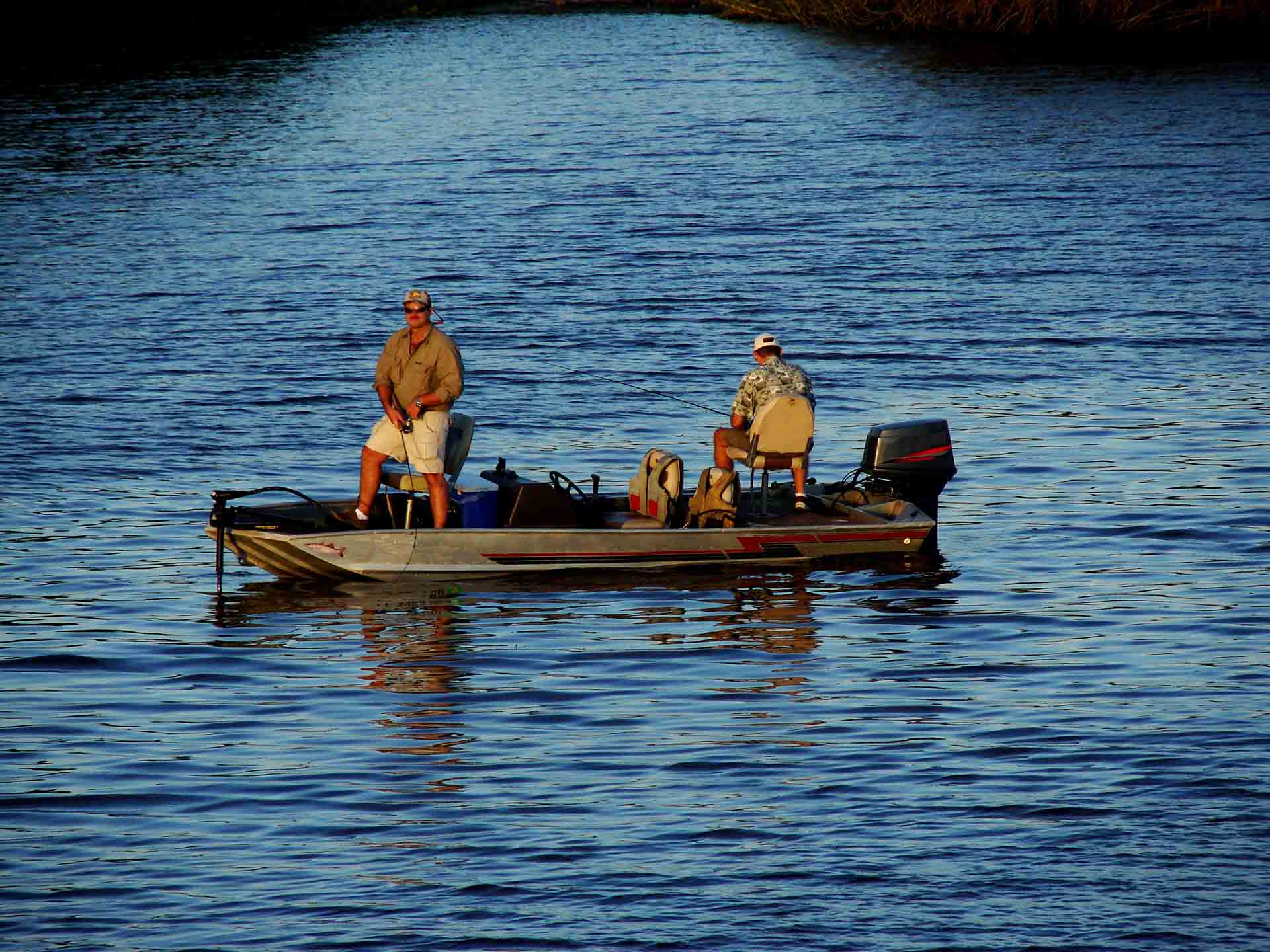
How to Easily Maintain the Fishing Wardrobe
Maintaining a fishing wardrobe can sometimes seem more challenging than making fish bait, but with the right approach, it can be managed with ease. The most important things are regular care and attention to detail. After each angling trip, ensure that all clothing items are cleaned according to their fabric care instructions.
This often means gentle washing of technical fabrics to preserve their protective qualities. Drying should be done in a way that doesn’t compromise the fabric’s integrity – usually, air drying is best. Proper maintenance also involves checking for signs of damage or wear and addressing them promptly, be it mending a small tear or re-waterproofing a jacket.
Cleaning and Storage Tips
To keep your gear in top condition, start by cleaning it after each use. Rinse saltwater, bait, or dirt off clothing immediately, as these can degrade the materials over time.
Use mild detergents and avoid fabric softeners, as they can impair the moisture-wicking and waterproof properties of specialized angling clothing. Store your gear in a dry, cool place away from direct sunlight to prevent fading and material degradation.
When to Replace Fishing Apparel
Look out for signs like fading, loss of waterproofing, tears, or stretched-out fabrics. For example, if a waterproof jacket starts to absorb water rather than repel it, or if UV-protective clothing becomes thin and loses its efficacy, it’s time for a replacement.
Keeping an eye on the condition of your gear not only ensures optimal performance but also guarantees safety and comfort during angling trips. Regular inspections will help you identify when it’s time to upgrade to new apparel.
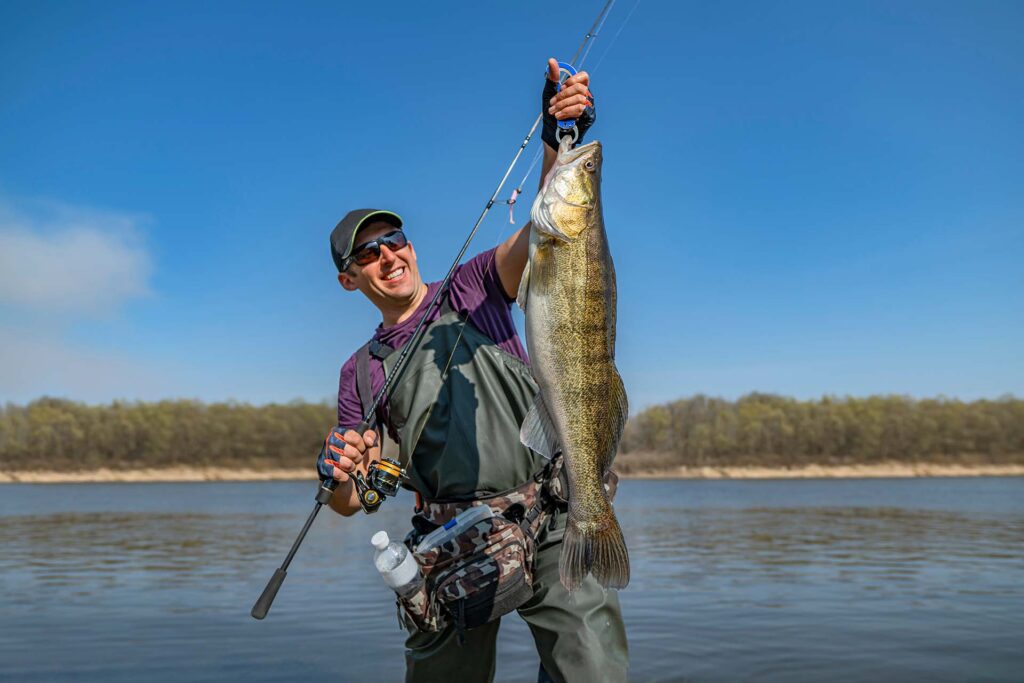
Start Planning the Next Angling Excursion
Whether braving the deep sea or exploring freshwater havens, selecting the right attire – from moisture-wicking base layers and UV protection clothing to sturdy, non-slip footwear – is crucial. Embrace the challenge of matching the wardrobe to the environment, be it through lightweight and breathable fabrics for sunny days, or waterproof gear for colder climates.
Safety and comfort should always be at the forefront, ensuring not just an enjoyable but a secure adventure. With these key points in mind, you’re well-equipped to tackle any challenge that comes your way.

